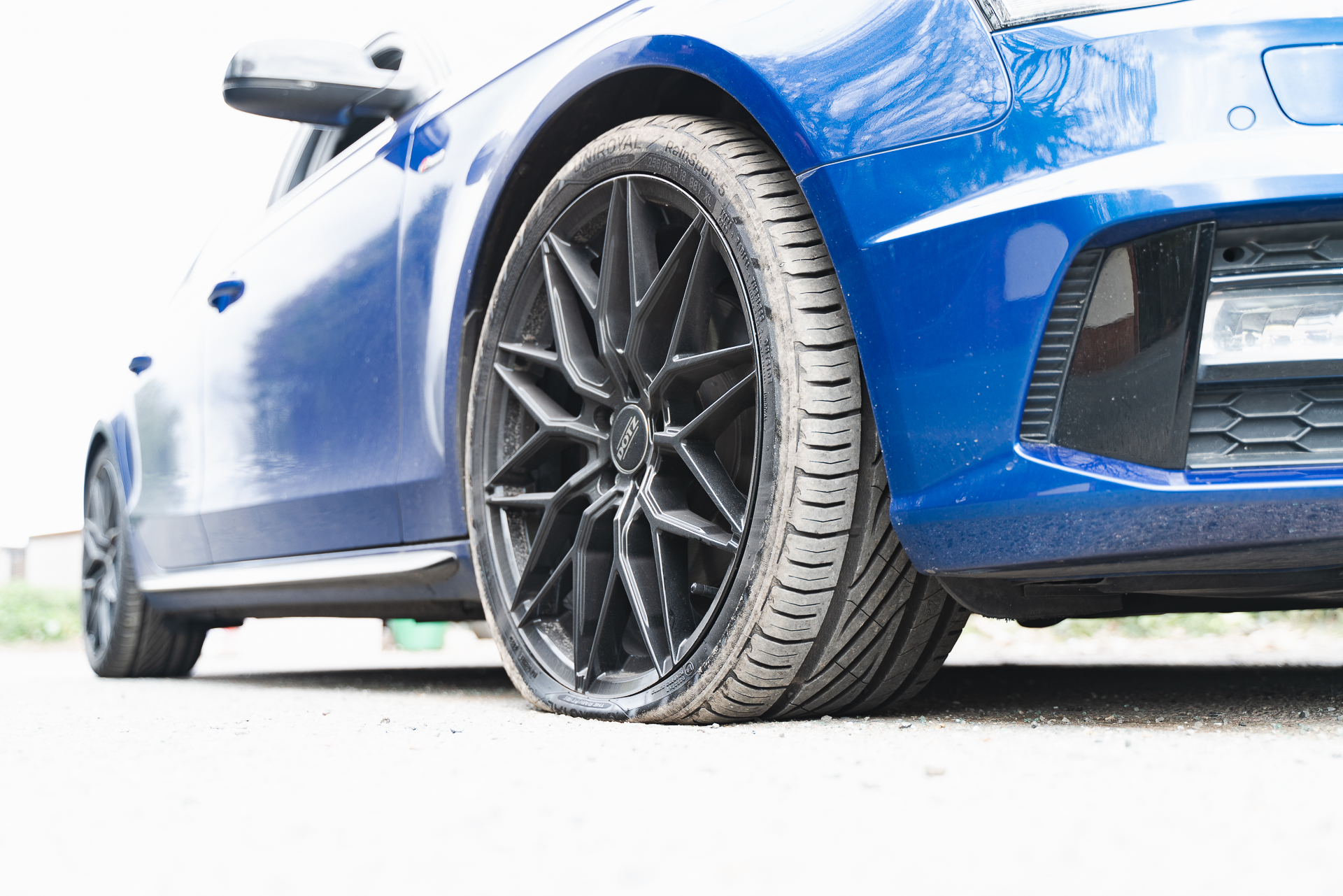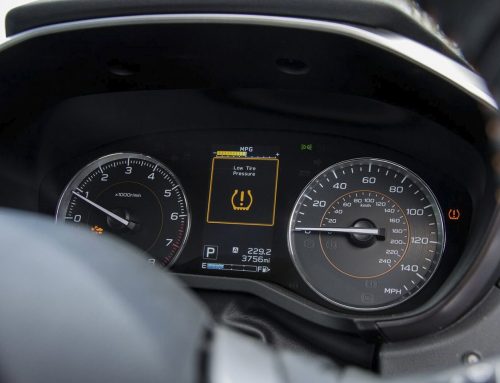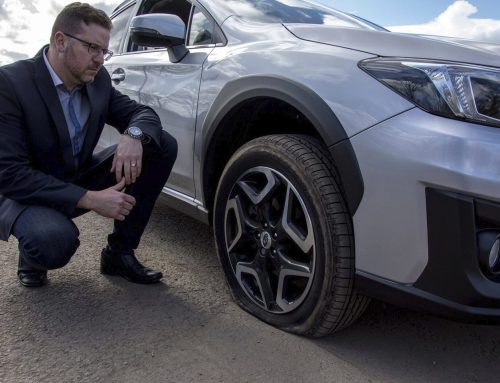
Biggest causes of Tyre Failure.
Tyre failure is in the top 3 causes of car breakdowns in the UK. In this article we take a look at what causes this and how it can be prevented.
‘Every 60 minutes the RAC attends a
pothole related breakdown.’
Although most cars are equipped nowadays with a can of tyre sealant or run flats, these cannot always save you from an unseen pothole or debris on a road surface that could damage your tyre or alloy wheel beyond repair. In which case there’s not much you can do except stop, check for damage and wait for recovery.
Poorly maintained tyres are more likely to have issues. Check your tyres regularly, making sure they have a tread depth of at least 1.6mm and they’re inflated to the right pressure. While you’re at it, look for patterns of wear.
Bulging or Cracking tyres is the most common forms of tyres wear. Here are the top reasons as to how this can happen.
Age
A tyres natural rubber fibres degrade and weaken over time and usage. This makes the outside of the tyre become hard and brittle, leading it to crack.
This can also occur if you leave a vehicle sat for a few years without driving it. It is better for the longevity of the tyres for the vehicle to be in constant use, as the chemical that stops the tyres from drying out is only activated when in use.
Rubber is a biodegradable, organic material that will break down over time no matter what. Depending on the quality of the tyre when initially bought, the lifespan of it can vary. More expensive tyres with a range of chemicals can slow down this process.
Water
Although rubber is primarily waterproof, driving in wet conditions for an extended period of time can cause the tyre to crack due to the rubber not being able to absorb or disperse enough of the water.
Once in the tyre, the water can impact in a variety of ways. It can alter alignment, causing extra stress on braking and accelerating, and once the water expands it causes damage to the tyre, much like a pothole.
Heat & UV
Rubber polymers expand in the heat and contract in the cold. Over time, this can lead to cracking – and the intensity of the UV rays can have the same impact.
This combination – especially over a short period of time can drastically affect the tyre. A simple way of making the tyre last longer is to keep your vehicle in a garage or out of the reach of the sun – but this is not always possible.
Tyre Pressure
Have you recently checked your tyre pressure? If not, then it could lead to many problems with your tyres.
If your tyres aren’t inflated enough, then cracking will occur as the heat rises while driving. This is because more friction is being caused on the wheels. This can lead to cracking, bulging, and splitting. If your tyres are underinflated they cannot withstand road impact as well as properly-inflated tyres can.
No Spare Wheel?
Only 2 out of 3 new vehicles come equipped from the factory with a spare wheel.
The reason some manufacturers no longer offer a spare wheel as standard is due to a legislation change in 2012 making it no longer required combined with tougher emissions laws. As an alternative a can of tyre foam is supplied along with a tyre inflator good for the smaller nail puncture in the tread. However if there is further damage to the tyre or wheel then the tyre sealant will not suffice.
If you’re prepared enough to have a spare wheel, make sure it’s in good condition and that your jack and any locking wheel nut keys are stored with it ready to use in an emergency.
A spare wheel for your vehicle can be found by contacting your local dealership or alternatively a more cost effective, comprehensive solution is offered by Road Hero – Road Hero is an alloy space saver spare wheel solution for your vehicle including the all the tools to replace a blow out and save time waiting for recovery.
www.roadhero.co.uk




